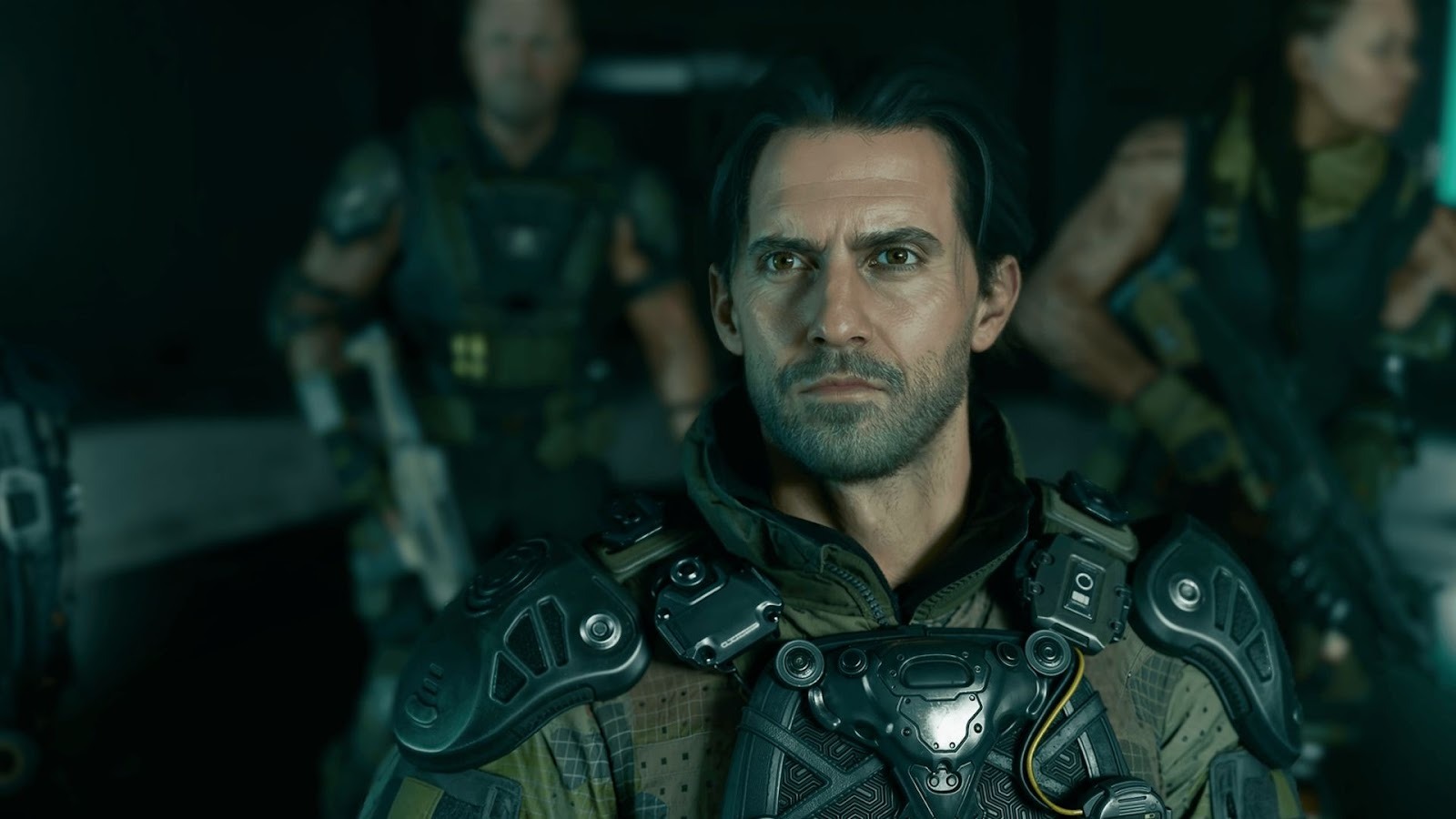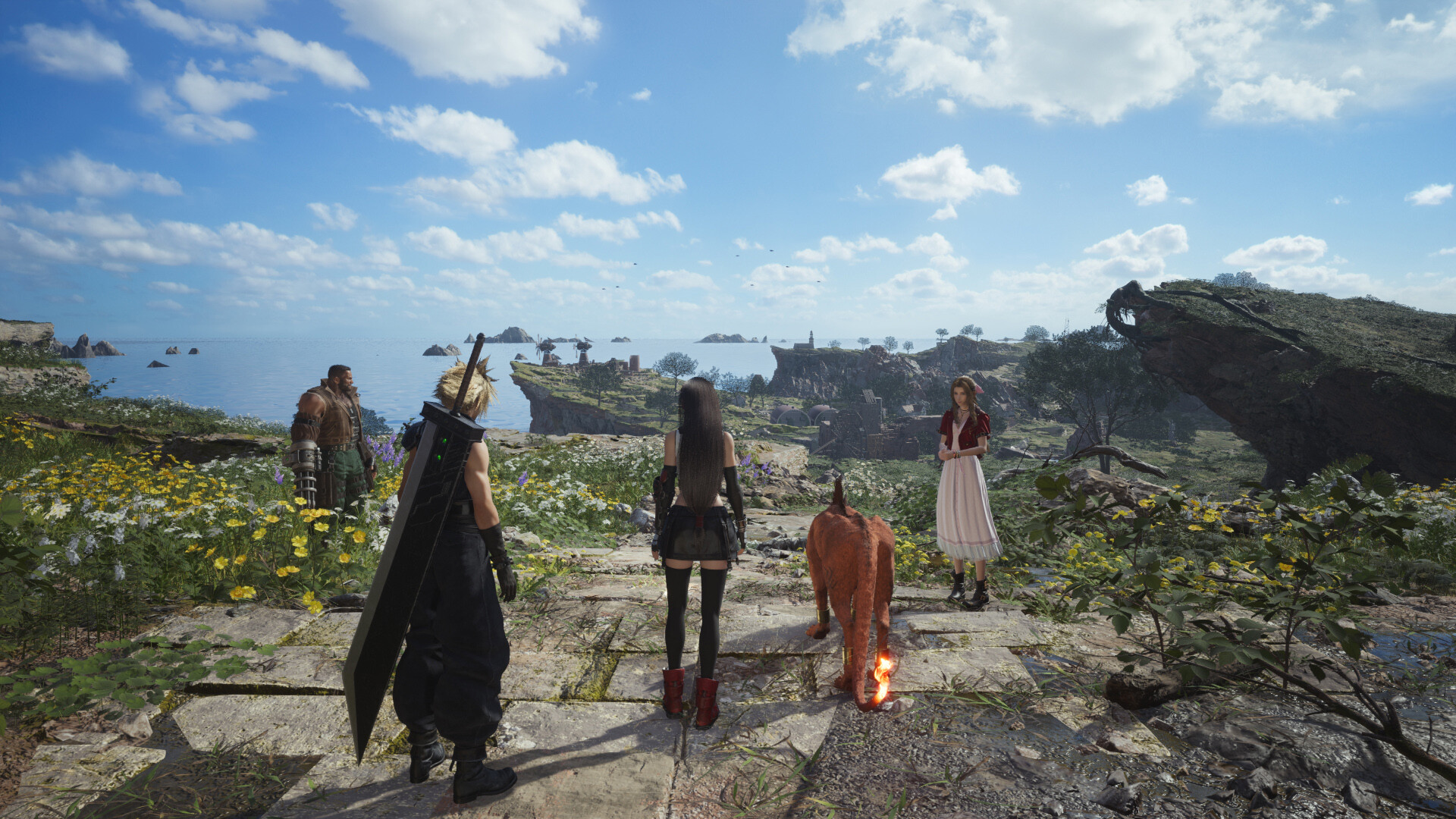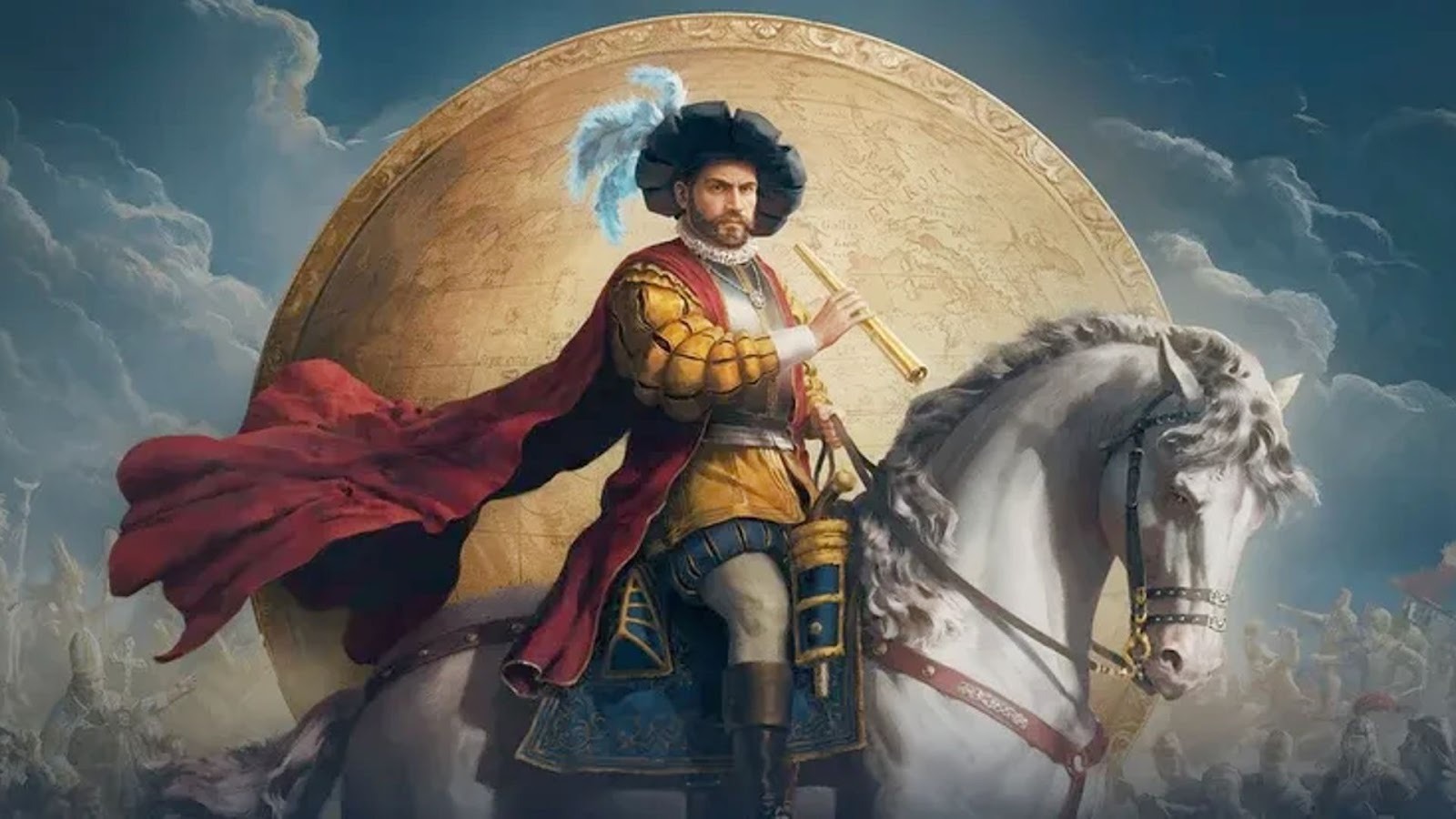You can trust VideoGamer. Our team of gaming experts spend hours testing and reviewing the latest games, to ensure you're reading the most comprehensive guide possible. Rest assured, all imagery and advice is unique and original. Check out how we test and review games here
With Hearts of Iron 4 No Compromise No Surrender, released on November 20, Paradox has fully revamped how Japan works as a nation, as well as generally improving the whole Pacific Theatre of the war. Japan and China have been neglected by the game’s DLC offerings thus far – a condition which No Compromise No Surrender aims to correct.
This DLC is likely a no-brainer for veterans of Paradox Interactive’s grand strategy World War II simulator, giving much-needed additions to a previously uninteresting part of the map. However, it is probably too much for anyone not steeped in Hearts of Iron 4 to understand.
- Hearts of Iron 4 has released a new DLC, focused on improving the war in East Asia.
- Japan has been hugely revamped, making it a much more engaging option to play, if maybe too overwhelming.
- In Hearts of Iron 4 No Compromise No Surrender, China has had its politics and focuses completely changed, with interesting mechanics surrounding the new faction overhaul.
- The Philippines is the biggest surprise in this Hearts of Iron 4 DLC, with a focus on trying to find independence while defending against overwhelming odds.
The overwhelming choice of Japan
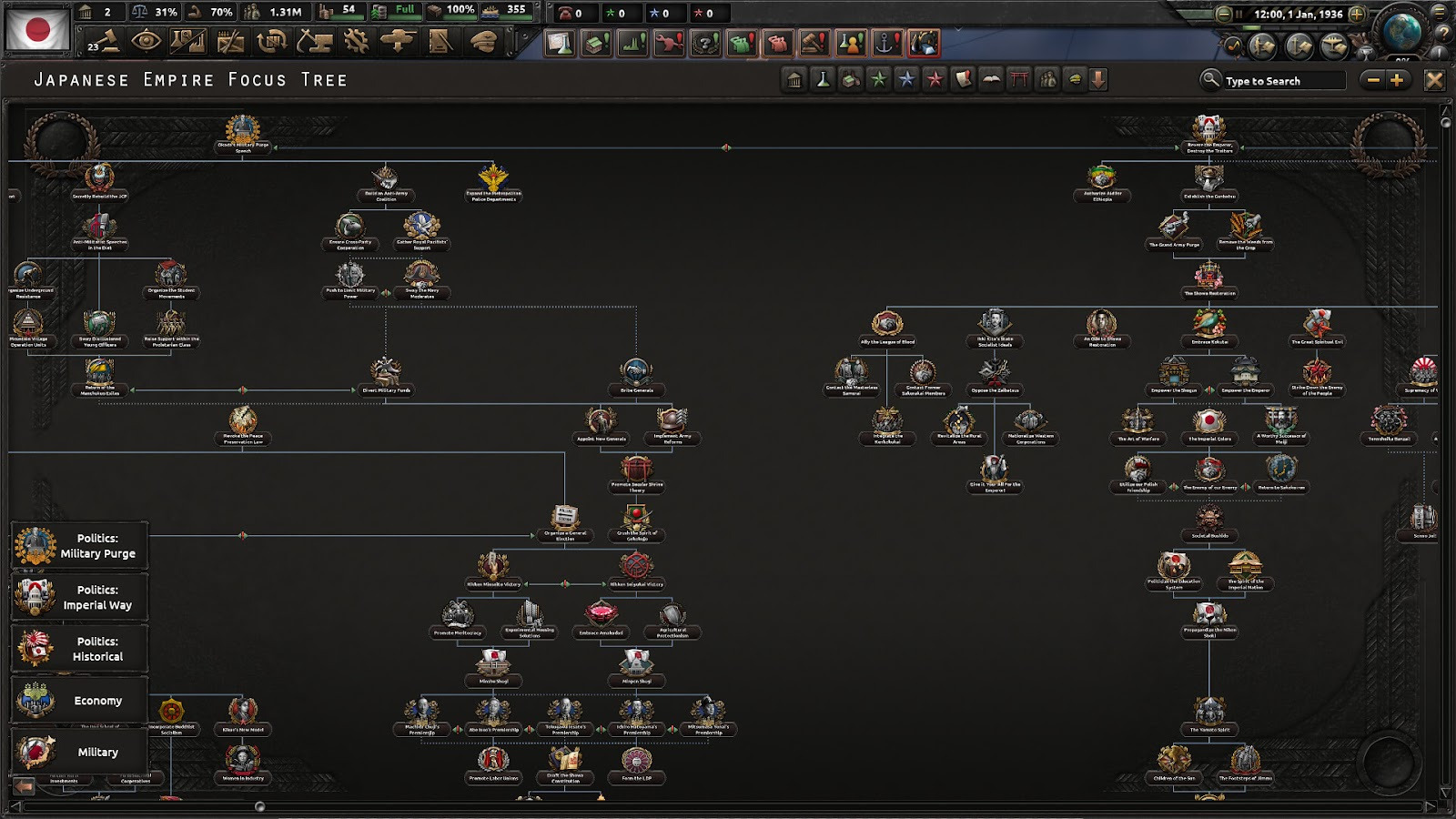
Japan’s focus tree, where you select your nation’s decisions and political path, has exploded with the latest Hearts of Iron 4 DLC. Previously, every part of the tree felt underserved, with you able to change your political leaning and little else. Now Japan’s cup overflows with potential and deliberate storytelling choices.
The initial impact can be seen from 1936, when Japan’s path towards fascism is treated with more nuance. Previously, Emperor Hirohito himself was always positioned as the big dog, despite the fact that Japan initially started this time period with free democratic elections. Now the story is told more clearly, and Japan’s tragic slide into authoritarianism is portrayed as a gradual process rather than an abrupt transformation.
Nestled in the focus tree is the ability to endorse or suppress the influence of different factions in Japan’s complicated political web, outdoing the usual strictly binary push and pull of politics.
While this gives plenty for old hands to get stuck into, Japan is now definitely one of the worst choices for any new player, as you’ll quickly get pulled into a war with China. You’ll need to learn your focus tree, political situation, and come to grips that you’ll need to use naval invasions en masse to have any chance of pushing forward.
Time to involve yourself in a land war in Asia
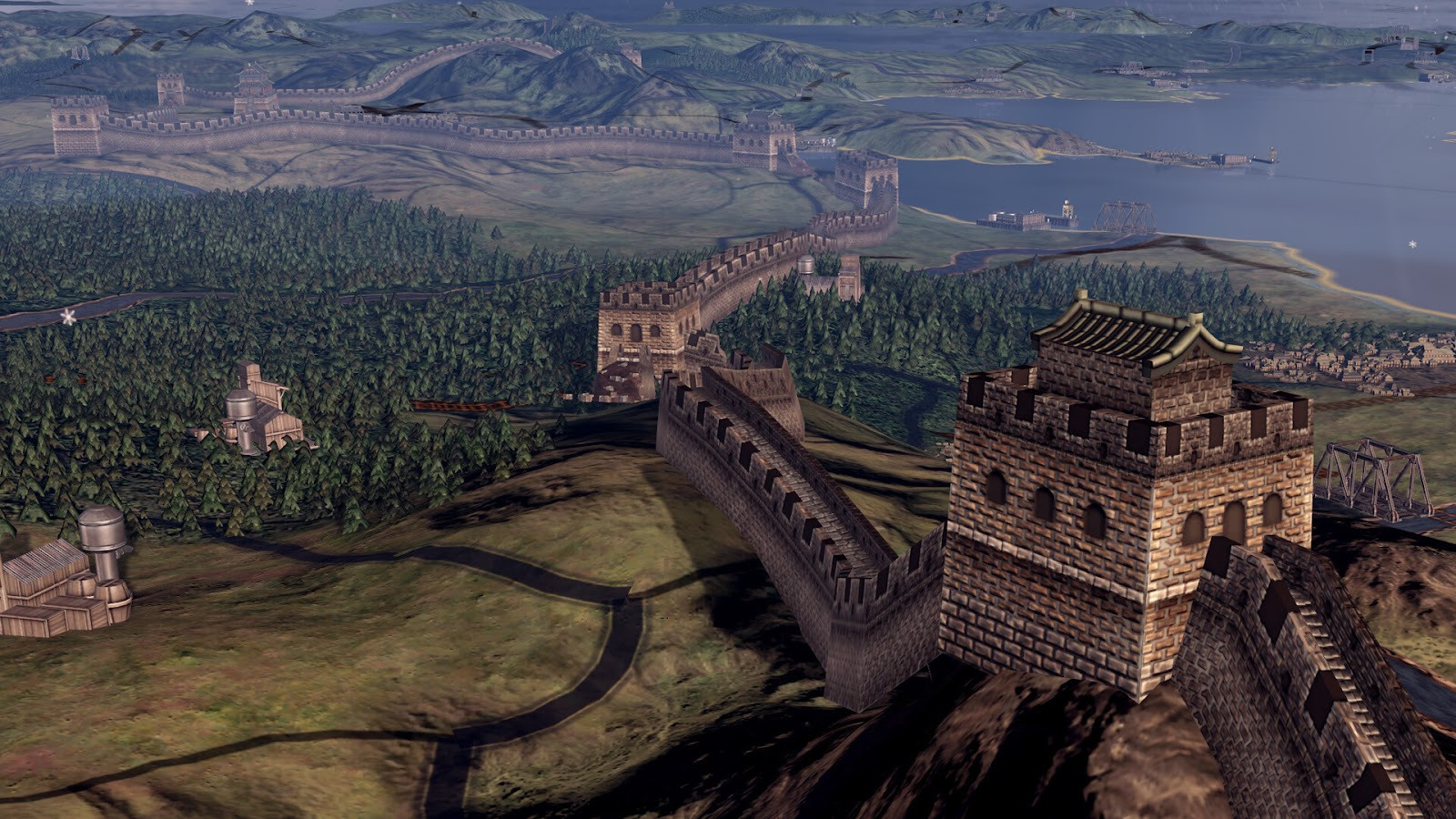
In Hearts of Iron 4 ‘No Compromise No Surrender’, China has been fully updated for the major political players. Both Communist and Nationalist China have been considerably more detailed to balance out the updated Japanese assault, but also are being used to showcase the interesting new struggles in the Faction system.
The fractured Chinese nations will likely enter into a united faction early in the game to lead a united defence against invaders, but that doesn’t mean their internal ambitions are on hold. Both major players in China will be vying for control of the faction and the country’s future, with their own way to grow and exert influence.
Nationalist China covers much more land and has a more robust army, putting it at the forefront of defending the mainland and leveraging influence to subjugate the smaller Chinese warlords. The Chinese Soviet Republic has an interesting uphill climb with a weak economy and sparse military, but it can gain influence with extensive propaganda and guerrilla tactics in the war.
The invading force hammering you constantly from the early game can be stressful, but the Chinese Soviet Republic might end up being an interesting way to learn the game. You control a small province but have several ways of exerting influence over your neighbours. While you’ll start as only a small part of China’s defence, you can grow your power base to be in the driver’s seat of the conflict, if you can survive.
The paths of the Philippines

Hearts of Iron 4’s expanded focus on the Commonwealth of the Philippines is such an inspired choice because it has a wholly different feel from the rest of the expansion. The Philippines is not the master of their own destiny at game start; it’s under US hegemony. Your main campaign focus is the march towards independence, while trying to defend yourself from Japan’s imperial ambitions.
It’s a race to fill out your focuses in time while petitioning for assistance to give yourself a fighting chance. You start with a single unit and basically no way of defending yourself, so you need to push hard before the inevitable arrival of war.
This can be made especially spicy if you decide to give communism a try, as you’ll still be under the thumb of the US and pushing for their aid, but you add a new ticking timer to appease them before they invade you themselves to “liberate” you.
The story being presented is slow and full of character, as you keep a watchful eye on the expanding land war in China and that ticking clock. If you do things in halves, you’ll be left without a defensive fleet or a giant of an ally, so you’ll feel an awkward pressure to maybe not think too hard about independence just yet.
Changing the very nature of war

There are not just alternative paths and focus refinements to be found in Hearts of Iron 4’s No Compromise No Surrender. It also brings so many major developments to your nation’s war theory by overhauling the doctrine system, adding new layers of specialization to your games.
Now you can spend experience to start a particular doctrine path, but fighting naturally increases the bonuses you gain. This allows your armies to be more flexible as you can spend your experience on refitting them more freely, but also means you can just set and forget your doctrines rather than realizing you forgot to upgrade them years into a war.
Coinciding with the expansion, Paradox has also folded in the ability to customise your ships in more depth into the base game, an aspect that was previously part of the Man the Guns DLC. With the necessary focus on naval combat in the Pacific, this is a pleasant touch.
Overall, Hearts of Iron 4 No Compromise No Surrender does a fantastic job of revitalising a part of the game that has been missing the same depth as the rest of the world. In the coming months, the DLC will almost certainly require additional refinement and balancing, but for now, it’s good to see that the game continues to move in the right direction.
FAQs
Hearts of Iron 4 is an interesting and engaging grand strategy game, but in 2025 is not worth the full price cost of the game and its various pieces of DLC. If you were interested, I would advise buying the game in a Steam sale and then subscribing to all the DLC for one month, just to try.
No, Hearts of Iron 4 is a complicated game that requires a large number of hours to even begin to understand. If you are intending to play, reading or watching some beginner’s guides is recommended.
Hearts of Iron 4 has been officially banned in China since 2017, but this hasn’t stopped a huge Chinese playerbase from emerging anyway. This ban was likely due to the Hearts of Iron series occasionally showcasing Tibet as an independent country or showing Taiwan under Japanese rule.
Yes, if you own a particular DLC but don’t want to use its content, you can turn this off in a similar fashion to a Hearts of Iron 4 mod.


